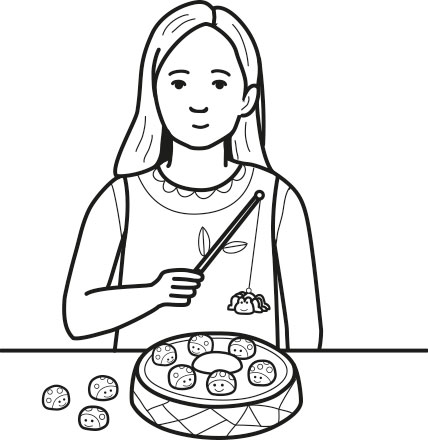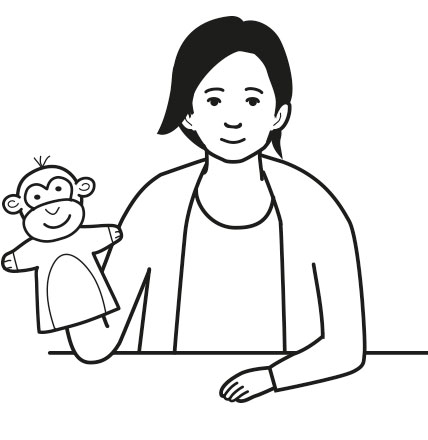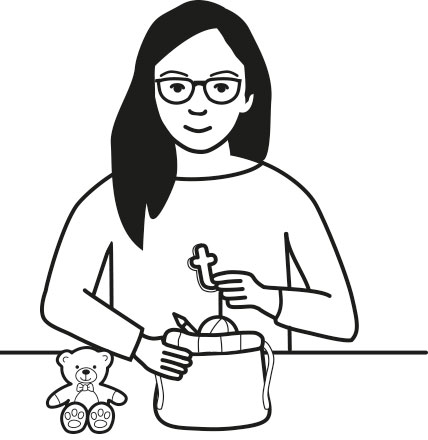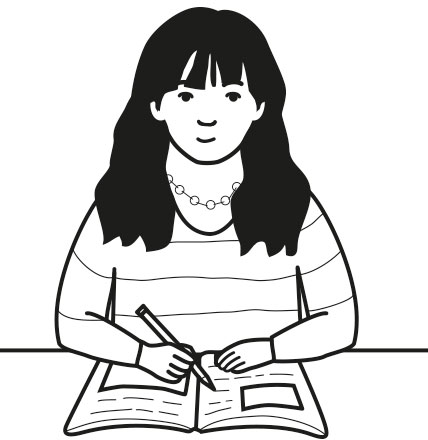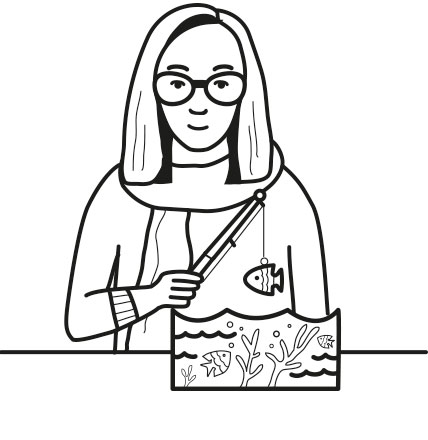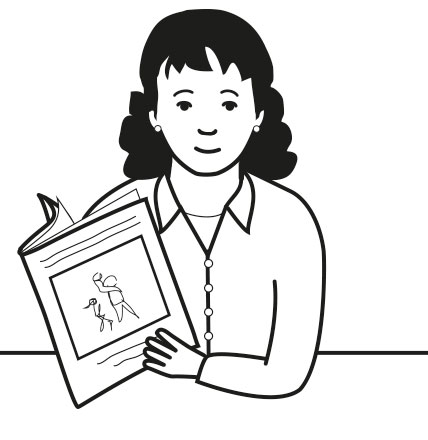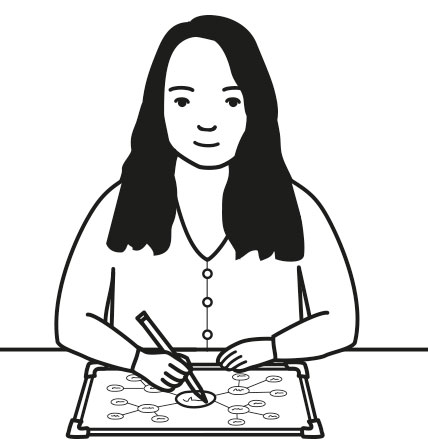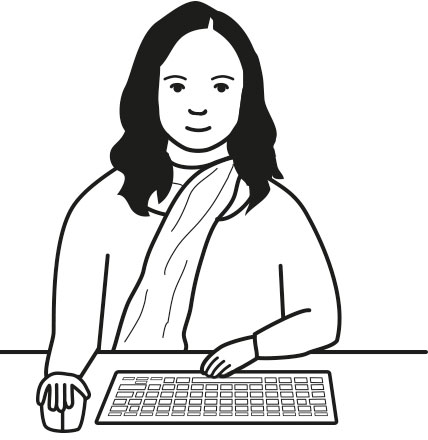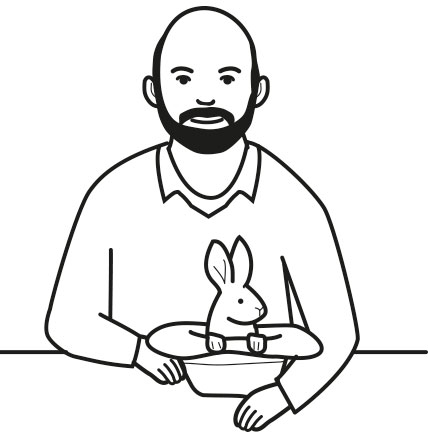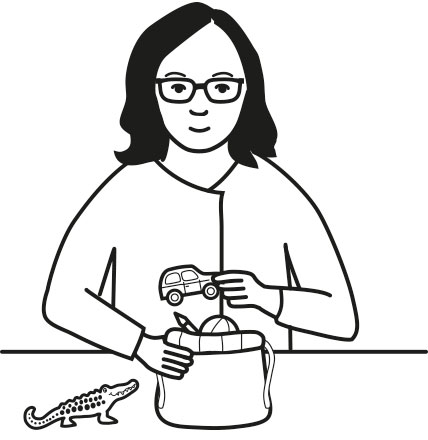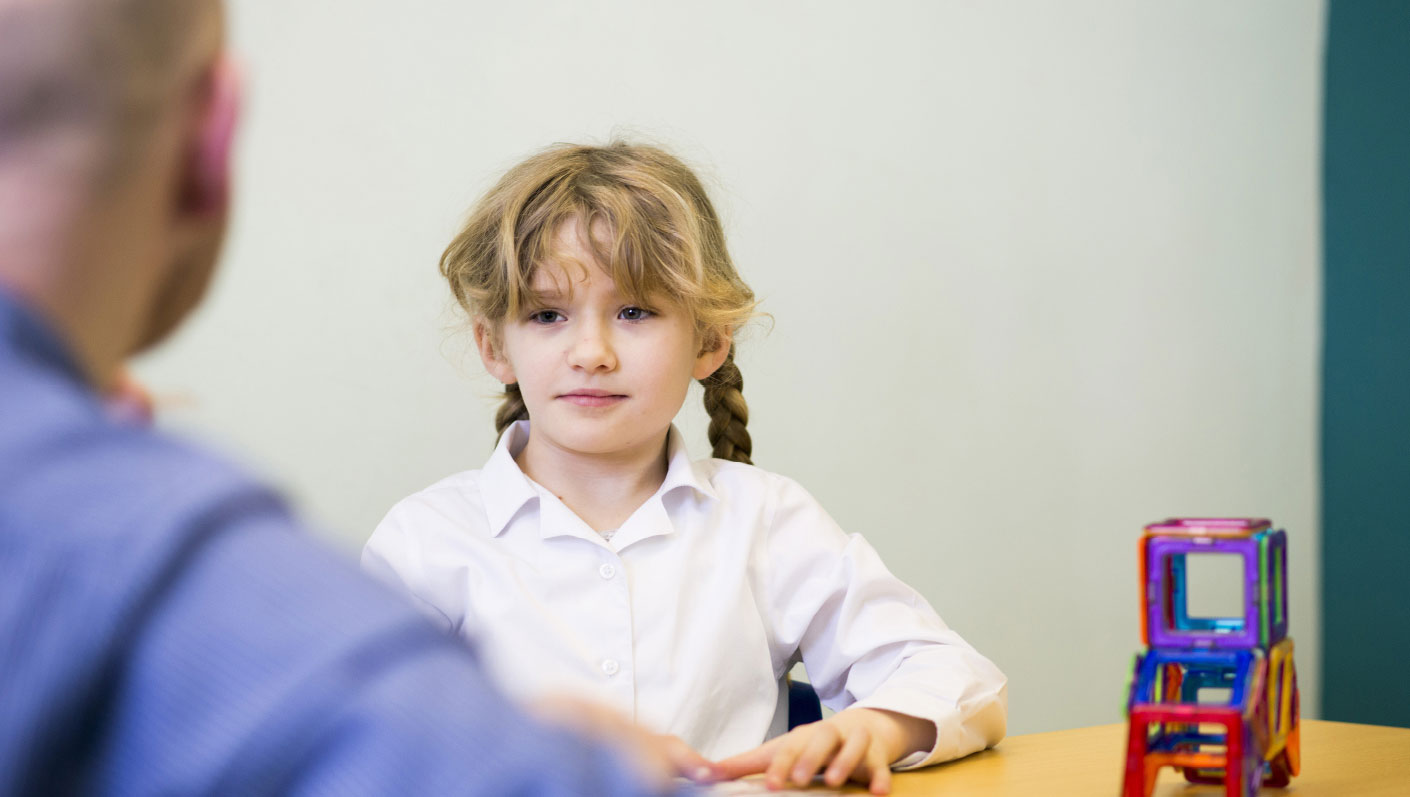
Here’s a quick sense of what usually happens from the point of view of everyone involved.
Child
There will always be a ‘warm up’ time at the beginning which varies according to age but is something like looking at a favourite book / toy, drawing a picture, or playing together (without any pressure from the therapist to speak or make sounds).
The main part will be saying lots of words – through play, naming objects, naming pictures in a book (often a specially chosen assessment book so all the sounds are covered). We will then ask the child to try and make all of the individual sounds and maybe try out some sound combinations to see how able they are to change their speech at that time.
There may be some listening games too, such as seeing if they can hear the difference between similar sounding words ‘chop’ versus ‘shop’ ‘sky’ versus ‘sigh’ etc.
We will usually have a quick look in their mouth to check everything is working as it should be. We tend to pretend to be a doctor or try and guess what they had for breakfast!
In our experience most children enjoy their assessment – they get lots of attention, encouragement, and there’s usually a game or two involved somewhere!
Parent
We aim to get most of the background information we need (e.g. if your child has any hearing issues, which sounds / words you notice as being difficult to say) before the session so we can get straight on with the assessment when we meet. It can be frustrating for children if we have to talk about this for a long time when we meet.
It is common for children to feel a bit on the spot (especially if they are younger) at the start of the assessment. We are very used to this and plan assessment sessions with enough ‘warm up’ time. We may also ask you to lead some of the play / looking at books with your child while we hold back and transcribe what is said.
Therapist
We collect lots of examples of how your child says words. We then analyse them to work out what is happening; whether there is a difficulty, what kind of difficulty it is, and what needs to be done to help.
Sometimes it is an issue with a particular sound, such as an unusual way of saying ‘s’. Sometimes it is far more complex with many sounds and words affected meaning the child’s speech is very hard to understand. We therefore have a lot more analysis to do in these cases. It’s like solving a complicated jigsaw puzzle and we enjoy it!
We then get onto the best bit – therapy and the pleasure of seeing children’s speech improve.

